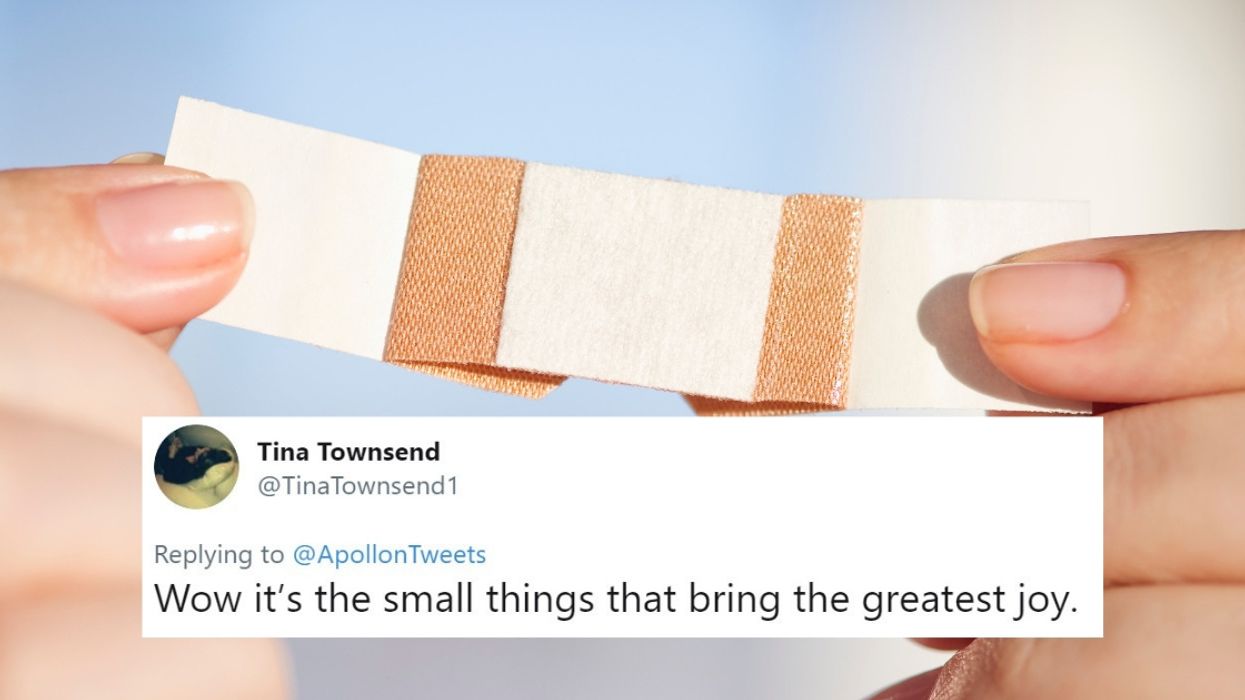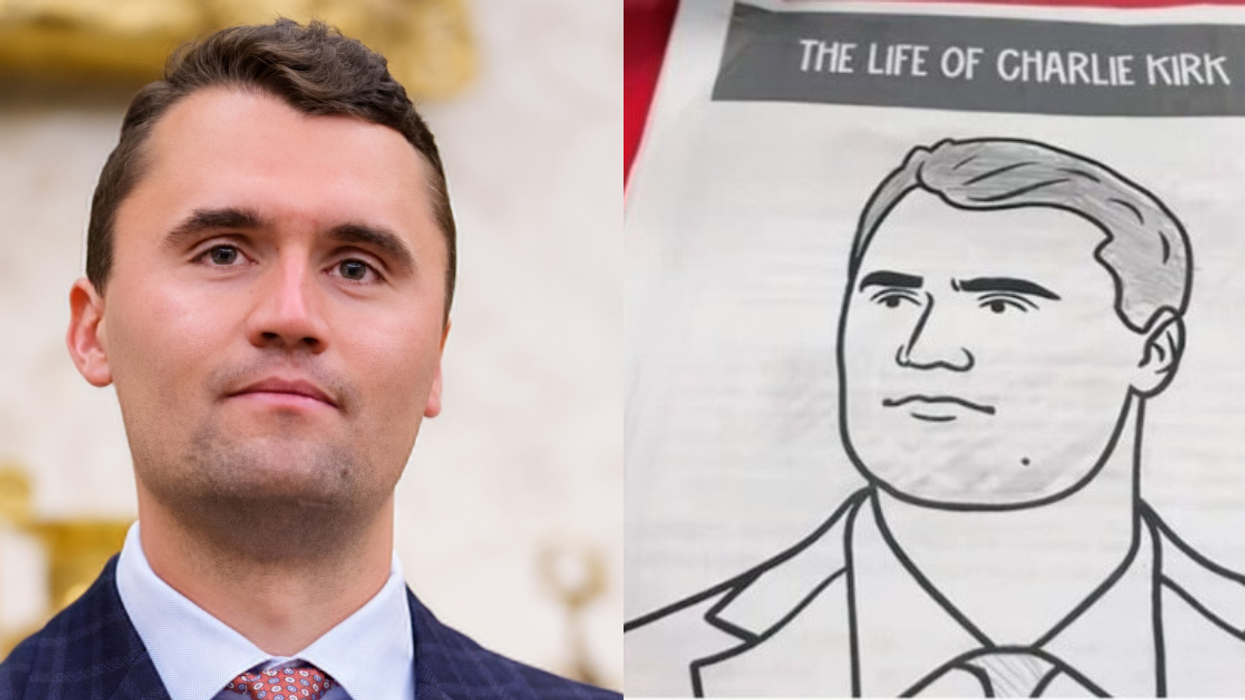Sometimes, it's the littlest things you don't think about that can have the biggest impact. That's what Dominique Apollon learned over the weekend.
Apollon is the VP of Research for Race Forward, a center for racial justice.
On Saturday, he tweeted about discovering what it was like to finally wear an adhesive bandage that matched his skin tone.
Since the Band-Aid was first invented, it's been in a soft pink color. There have been other competitors in the market, such as Ebon-Aide, but they often found themselves side-lined by stores.
Those attempts weren't performed in a vacuum, however. Bandages are meant to cover a wound to keep germs out, and prevent more damage to the skin. By having the covering match your skin, you're less likely to think about it, leaving it alone to protect your wound.
The idea that a bandage could even be in your skin color surprised people online.
In an interview with The Atlantic, Harry Webber, a marketing consultant for Johnson & Johnson in the 1960s, called the product's "flesh" color and non-issue.
"Johnson & Johnson's consideration was this was a mass market product, and as mass market product you look at what is the largest faction of that market and you create the product for that faction."
"So for non-whites, at that time being between 12 percent and 15 percent of the total population, there was no way anybody was considering making a Band-Aid Brand adhesive bandage to mask the color of skin that is the complete spectrum, from pink to ebony."
After the failure of Ebon-Aide, a bandage designed in various shades for people of color, one has to wonder if these kinds of coverings can make a comeback.
If you're interested, Apollon shared where and how he got his Tru-Colour bandages.
It's rather funny that something he bought without second thought had such a strong impact when he actually used it.














 @newberlinlibrary/Instagram
@newberlinlibrary/Instagram @newberlinlibrary/Instagram
@newberlinlibrary/Instagram @newberlinlibrary/Instagram
@newberlinlibrary/Instagram @newberlinlibrary/Instagram
@newberlinlibrary/Instagram @newberlinlibrary/Instagram
@newberlinlibrary/Instagram @newberlinlibrary/Instagram
@newberlinlibrary/Instagram @newberlinlibrary/Instagram
@newberlinlibrary/Instagram @newberlinlibrary/Instagram
@newberlinlibrary/Instagram @newberlinlibrary/Instagram
@newberlinlibrary/Instagram @newberlinlibrary/Instagram
@newberlinlibrary/Instagram @newberlinlibrary/Instagram
@newberlinlibrary/Instagram
 @rooster_ohio/X
@rooster_ohio/X
 picture spinning GIF by Anthony Antonellis
picture spinning GIF by Anthony Antonellis  No Problem Thumbs Up GIF by Mayhem
No Problem Thumbs Up GIF by Mayhem  Car Repair GIF by Ilves Motors
Car Repair GIF by Ilves Motors  protest mattress GIF
protest mattress GIF 
 We Rate Dogs/Facebook
We Rate Dogs/Facebook @hwabytes/Bluesky
@hwabytes/Bluesky @javaelemental/Bluesky
@javaelemental/Bluesky r/Fauxmoi/Reddit
r/Fauxmoi/Reddit We Rate Dogs/Facebook
We Rate Dogs/Facebook r/Fauxmoi/Reddit
r/Fauxmoi/Reddit We Rate Dogs/Facebook
We Rate Dogs/Facebook r/Fauxmoi/Reddit
r/Fauxmoi/Reddit We Rate Dogs/Facebook
We Rate Dogs/Facebook r/Fauxmoi/Reddit
r/Fauxmoi/Reddit We Rate Dogs/Facebook
We Rate Dogs/Facebook r/Fauxmoi/Reddit
r/Fauxmoi/Reddit  r/Fauxmoi/Reddit
r/Fauxmoi/Reddit r/Fauxmoi/Reddit
r/Fauxmoi/Reddit r/Fauxmoi/Reddit
r/Fauxmoi/Reddit r/Fauxmoi/Reddit
r/Fauxmoi/Reddit @weratedogs/Instagram
@weratedogs/Instagram